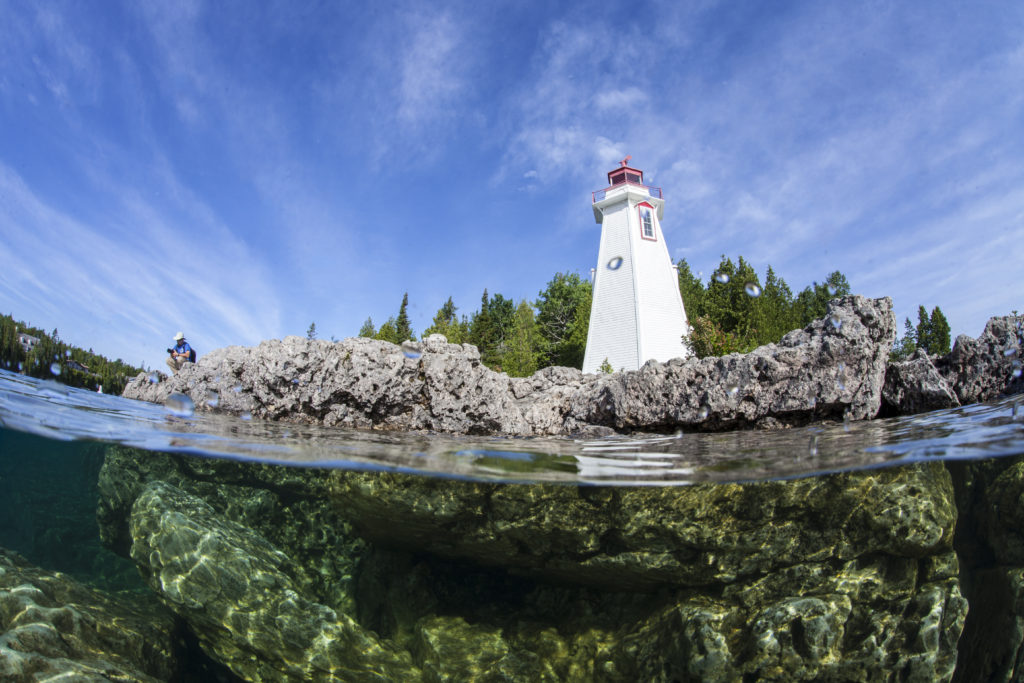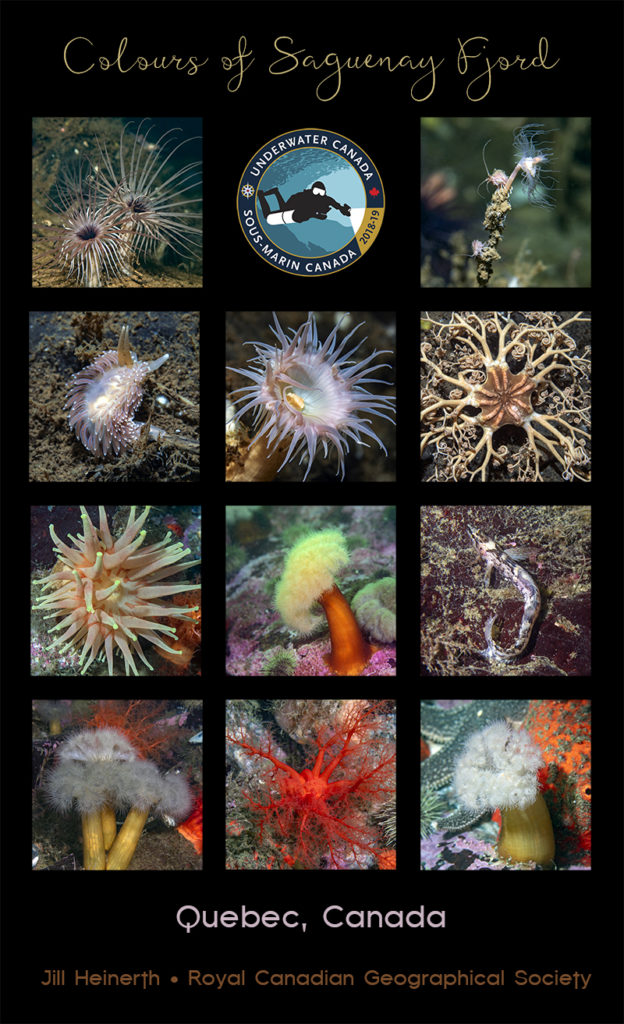The Graveyard of Shipwrecks – Canada’s Great Lakes and St. Lawrence River
As a new diver, I was told that there were thousands of shipwrecks in the Great Lakes. I began my diving career at Fathom Five National Marine Park on Lake Huron and saw five wrecks on my first weekend of diving. It seemed like a good start. But that count may be a little off. The Great Lakes Shipwreck Museum has documented over 6,000 wrecks with the loss of over 30,000 men. But, historian Mark Thompson has estimated that there are more than 25,000 wrecks beneath the watery highway of the Great Lakes and St. Lawrence Seaway. The sinking of the Edmund Fitzgerald in 1975 attracted media interest, and Gordon Lightfoot’s song about the famous sinking brought global attention to the Great Lakes wrecks.

When I started diving more than thirty years ago, the visibility was poor, until ships from western Europe accidentally introduced invasive Zebra and Quagga Mussels. Today, these tenacious bivalves adhere to the wooden wrecks and have filtered over one-fifth of the freshwater on the planet, some six quadrillion gallons in the lakes alone. As a result, the visibility today can be exceptional, as high as 100 feet or more on the wrecks of Tobermory or Rossport on Lake Superior.
Wrecks are scattered throughout the Great Lakes are reached by shore and boat, with many inaccessible due to extreme depths of over 1300 feet deep. In Tobermory, divers flock to steep limestone walls, grotto caves, and classic wooden shipwrecks in addition to some modern deliberately-sunk vessels. Included in the watershed is the mighty St. Lawrence Seaway, home to the Thousand Islands (which has over 2,000 islands in 50 miles of river). In the Thousand Islands, Dive Brockville offers charters to warships, freighters and cargo vessels submerged in the fast-running river. In the late summer, the St. Lawrence can reach 75°F or more, but springtime offers better visibility.
The Ontario/Québec region is also home to endless inland quarries, lakes, and rivers. There are approximately 250,000 lakes and over 62,000 miles of river in Ontario and over 500,000 lakes and 4,500 rivers in Québec. There is much left to explore!
As you move toward the Atlantic Ocean on the St. Lawrence River, you will gradually transition to a saltwater ecosystem with water temperatures near freezing. Popular destinations like the Saguenay – St. Lawrence Marine Park have remarkable shore diving infrastructure but beware of the tides which can cause unexpected currents for the uninitiated. At Les Escoumins in Quebec, tens of thousands of visitors a year stand on granite cliffs to watch breaching whales. If you aren’t lucky enough to see one underwater, you will still see starfish, giant tube worms, anemones, and colorful sea cucumber habitat. And a visit to this area isn’t complete without heading to the Saguenay River. Here living legend Carl Tremblay takes divers on a perpetual night, drift dive. The top twenty to thirty feet of water are dark and tannic, but beneath the eternal shroud of darkness, unique life clings to steep vertical walls. Tremblay’s French-Canadian accent is thick, but there is no hiding his enthusiasm for the noteworthy creatures of the fjord.

I might be a little biased after growing up in this region, but I’m certain that if I never got to leave the area, I would have a lifetime of new sites to explore.
Need to Know:
Diving in Québec: Divers visiting Québec are required to carry a special scuba permit. The “Certificate of Qualification in Recreational Scuba Diving” from the Quebec Government is issued by the FQAS (Fédération Québécoise des Activités Subaquatiques or Quebec Underwater Federation) which was mandated by the government of Quebec to ensure the safety of scuba divers. Resident instructors can help you with this process.
Accès Plongée Saguenay/Carl Tremblay Charters
Diving in Ontario:
Diving in National Parks such as Fathom National Marine Park requires a permit purchased at the park office on arrival. Some other Ontario shore sites require that divers wear a day use or seasonal tag to support the diving infrastructure. You may also need to carry your passport with you for diving in the St. Lawrence. Charter boats frequently cross over the US border situated in the middle of the river, so you may spend your surface interval with a Border Control officer at Boldt Castle in the Thousand Islands.
Dive Kawartha – Lindsay, Ontario
Divers Dens – Tobermory, Ontario
The Dive Academy – Oakville, Ontario
Dans Dive Shop – St. Catharine’s, Ontario
